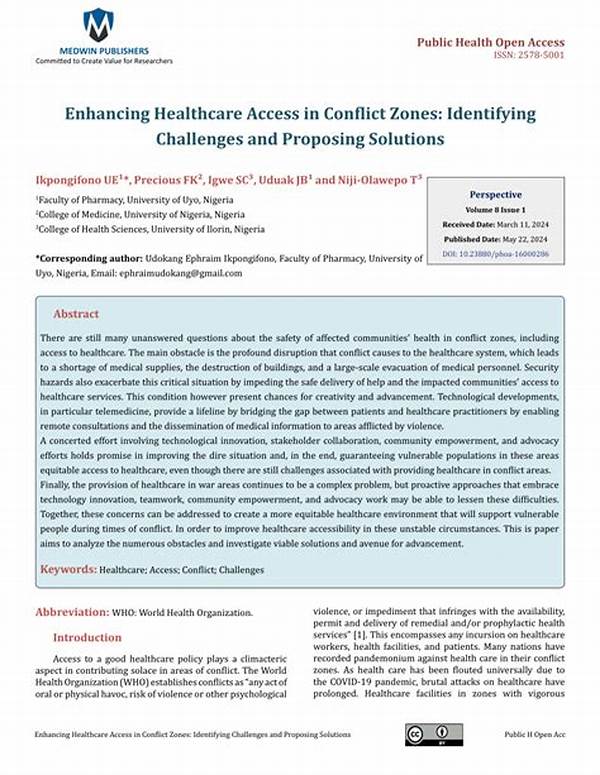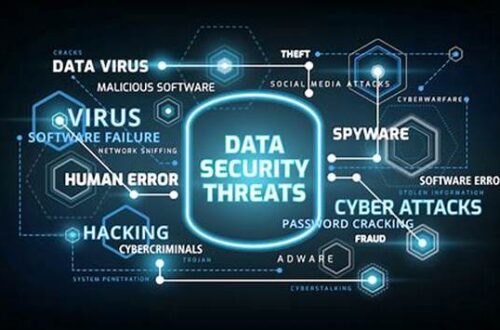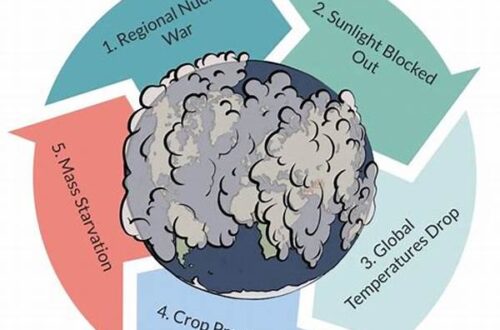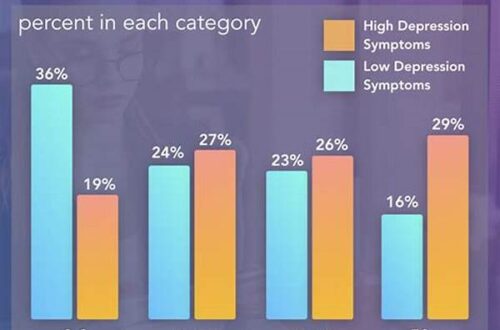The issue of information access in conflict zones is an intricate challenge that necessitates a comprehensive approach to address various barriers and complexities. In such areas, the availability and dissemination of information are often significantly hindered by physical, technical, and political constraints. Recognizing the critical role that information plays in conflict zones, this article explores the multifaceted dimensions of information access, highlighting the implications for individuals and organizations operating in these environments. Through an in-depth analysis, we aim to understand the underlying factors and propose strategies to improve information access in these challenging situations.
Challenges of Information Access
One of the primary challenges of information access in conflict zones is the severe disruption of communication infrastructure. Conflict often leads to the destruction of telecommunications facilities, leaving populations isolated and disconnected. This isolation exacerbates vulnerabilities and limits the ability of communities to seek assistance. Moreover, restricted access to information can hinder humanitarian efforts, as aid organizations struggle to assess needs and coordinate responses effectively. The presence of political turmoil further complicates information access, as stakeholders may manipulate or withhold crucial information for strategic advantage. Thus, overcoming these obstacles requires a concerted effort to develop resilient communication systems and ensure transparent information dissemination.
Furthermore, the risks associated with information access in conflict zones cannot be overlooked. Journalists and human rights activists often face threats and violence while attempting to report on developments within these areas. The lack of reliable information sources also leads to the proliferation of misinformation, exacerbating tensions and misunderstandings. Therefore, enhancing information access is vital for promoting transparency, facilitating dialogue, and ultimately contributing to conflict resolution. Collaborative measures involving governments, civil society, and international organizations are essential to address these challenges and uphold the principles of freedom of information.
Importance of Reliable Information
1. Humanitarian Outreach: Reliable information access in conflict zones enables effective humanitarian outreach by informing agencies about urgent needs, ensuring timely and appropriate aid delivery to affected populations.
2. Safety and Security: Access to accurate information enhances local communities’ safety and security by facilitating awareness of conflict developments and enabling informed decisions about evacuation and shelter.
3. Conflict Resolution: Information access in conflict zones is crucial for conflict resolution efforts, as it allows negotiators to comprehend the situation fully, leading to more effective peace-building strategies.
4. Media and Journalism: Journalistic integrity depends heavily on information access. Reporters require accurate data to deliver unbiased news, which can influence public perception and policy-making processes globally.
5. Governance and Accountability: Access to information in conflict zones holds governing bodies accountable by making transparent governance practices and reducing corruption and mismanagement risks.
Technological Interventions
Technological interventions play a pivotal role in facilitating information access in conflict zones, offering innovative solutions to bridge communication gaps. For instance, satellite technology and internet-based platforms have emerged as reliable tools for delivering critical information to isolated communities. These technologies circumvent physical infrastructure damage and can provide real-time updates on security situations, humanitarian needs, and other essential information. Additionally, mobile technologies, including applications and SMS-based services, have been instrumental in disseminating information promptly and securely. Such innovations not only enhance information access but also empower local populations to participate in decision-making processes, fostering resilience within conflict-affected areas.
However, the implementation of technological solutions must consider the diverse needs and capacities of local populations. Tailored approaches are necessary to ensure that technology is accessible to all, including marginalized and vulnerable groups. Training and education programs can enhance digital literacy, enabling individuals to effectively utilize these tools and participate meaningfully in information exchange. Additionally, collaborative efforts among governments, non-governmental organizations, and private sector partners are essential to provide sustainable and reliable technological solutions for conflict zones. By leveraging technology effectively, it is possible to mitigate some of the barriers to information access and contribute to more informed and cohesive communities.
Collaborative Approaches
1. Public-Private Partnerships: Collaborations between governments and private companies can improve infrastructure, facilitate information exchange, and enhance information access in conflict zones effectively.
2. Local Empowerment: Engaging local communities in identifying their information needs and preferences can lead to more targeted and relevant information dissemination strategies.
3. International Support: Global organizations and donor agencies can offer crucial support for information infrastructure development, promoting sustainable solutions for information access in conflict zones.
4. Education and Training: Providing education and training in conflict zones can improve digital literacy, empowering individuals to access and utilize available information effectively.
5. Policy Formulation: Developing international policies that prioritize information access in conflict zones can establish legal frameworks for information sharing and protection during conflicts.
6. Humanitarian Coordination: Effective coordination among humanitarian agencies can ensure comprehensive data collection and resource distribution, optimizing information access for relief efforts.
7. Community-Based Solutions: Encouraging community-based information networks can strengthen local resilience and ensure that information reaches even the most isolated groups within conflict zones.
8. Cultural Sensitivity: Respecting cultural norms and language diversity is vital for effective information dissemination, ensuring inclusivity within information access approaches.
9. Technology Transfer: Facilitating technology transfer to conflict zones can enhance local capabilities in managing information access, promoting self-reliance and adaptability.
10. Monitoring and Evaluation: Regular monitoring and evaluation of information access initiatives can help identify gaps and areas for improvement, ensuring continuous advancement in conflict zones.
Strategic Policy Frameworks
Strategic policy frameworks are indispensable in enhancing information access in conflict zones, providing a structured approach to tackle the myriad of challenges faced in such environments. Effective policies should prioritize the establishment of secure and resilient communication infrastructures, taking into account the particularities of each conflict-affected region. This includes the allocation of resources for infrastructure development, maintenance, and protection against potential threats. Furthermore, integrating information access as a critical component of peace-building initiatives can foster trust and cooperation among conflicting parties, contributing to sustainable conflict resolution.
Equally important is the need for policies that promote transparency and accountability in information dissemination and reception. Establishing clear guidelines for information-sharing practices ensures that all stakeholders, including local communities, humanitarian agencies, and governments, have access to accurate and timely information. In formulating these policies, inclusivity must be considered, ensuring that the voices of marginalized and vulnerable groups are heard and addressed. By creating an enabling environment for information access, strategic policy frameworks can ultimately empower communities and contribute to greater societal resilience in conflict zones.
Conclusion
In conclusion, addressing the complexities of information access in conflict zones requires a multifaceted and collaborative approach. Understanding the various challenges and implementing technological innovations are crucial steps in bridging the information gap. Additionally, building strategic partnerships and developing inclusive policies can further strengthen efforts to improve information access in these areas. However, sustainable progress necessitates ongoing evaluation and adaptation of strategies, ensuring that evolving needs and circumstances are effectively addressed. By prioritizing information access in conflict zones, the international community can contribute to a more informed and empowered global society, ultimately fostering peace and stability.





